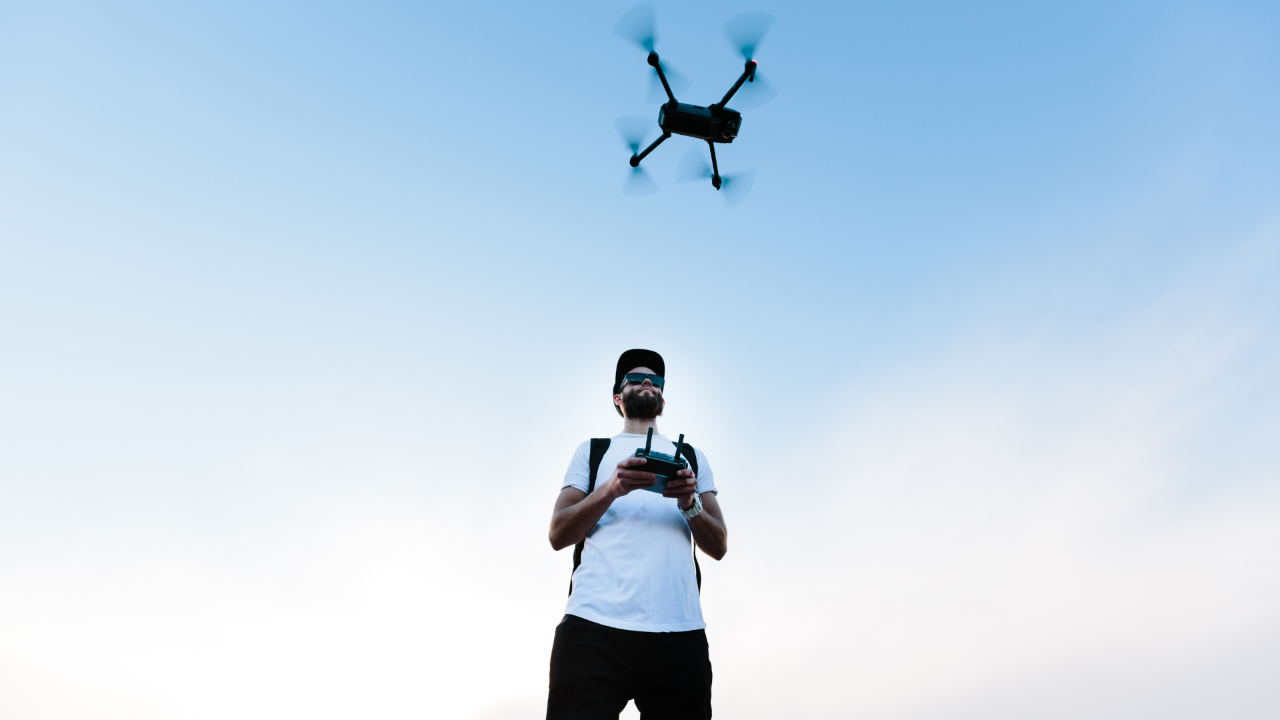Planning A Drone Gig | Part 1

Passing the Part 107 exam and landing your first paid gig is a memorable experience. I recall feeling a mix of excitement and worry as I wondered if this would be my first and only project as a commercial drone pilot. Self-doubt aside, I was pumped for the project but probably unprepared, looking back on things.
I had a general idea of what I thought was needed, but I could have taken a little more time to prep before arriving on the scene. Luckily the job was in a remote area where no one else would be. I was afforded the luxury of fumbling through my lack of preparedness without the watchful eyes of my customer. Since that experience, I have planned my gigs with more discipline.
If you are just starting out, now is a great time to build a routine. If you are a seasoned pro, there is always time to make your operation more efficient. In this two-part article, I'll give some recommendations for making things onsite more professional. In this article, we'll cover my top five tips for success before you arrive onsite. Next week's article will cover more specific onsite issues, like camera settings. So, without further ado, let's get to the tips.
Tip # 1: Recon The Site
When I was in the Marine Corps, we rarely went into a situation blind. Movies make it seem like patrols aimlessly roam through cities or the countryside, but in reality, you have usually conducted an in-depth reconnaissance before boots ever hit the ground. It's a good habit and one all drone pilots should adopt.
Whether you are filming a McDonald's or hundreds of acres of vacant land, start by studying the site. There are many ways to do this, but my favorites are Google Maps and Google Earth. Look at the location and think about it from your perspective on the ground and the aerial view you'll see through your drone.
How will you get to the location? Are there powerlines or other obstacles nearby? Where is a good place for you to take off and land? The bottom line is to get a feel for how your gig will be conducted before you arrive onsite.
Tip # 2: Safety First
When it comes to safety, think about weather conditions and airspace. Area-specific forecasts are usually pretty accurate a few days out. Look to see if the wind speed is within the safe operating levels for your drone. If there is a chance of rain or some other condition that electronics do not mix well with, avoid flying that day.
Airspace must be clear for you to fly in. While you will need to check this just before taking off, you can still get an idea ahead of time if you need to request clearance in advance. Special airspaces may need more work than those in regions covered by LAANC. I often fly in restricted military space, and most bases require me to submit my request and paperwork two weeks in advance. Be sure to give yourself enough time to do what is needed to fly in your gig's airspace legally.
Tip # 3: Plan Your Shots
The shots you need to take will vary greatly depending on what the client needs from you. Filming real estate has a much different shot list than a mapping gig. Think of what you are being hired to create. Is it a map or a marketing video? Are you taking measurements for an inspection or surveying fields of corn with a multispectral camera?
Whatever it is, start by thinking like the customer. What is it that they would like to see as a final product? What images and videos must you capture to bring that final product to life? Build a checklist of the shots that make your vision a reality. Having the list built ahead of time will allow you to finish your work faster and leave with confidence, knowing you got everything you need.
Tip # 4: Don’t Forget Ground Based Photography
I know a handful of commercial drone pilots that only provide aerial photography. In most cases, they specialize in fields like cinematography or industrial inspections. For many pilots starting out, especially in fields like real estate photography, you'll need to capture ground photography as well.
If you are like me, you tend to focus on the aerial side of the job. For many clients, ground photography is just as important. I use a Canon DSLR for my groundwork, but you could just as easily use your drone flying at eye level. Whatever you choose to use, think of the shots you will need from the ground. They deserve the same amount of attention you're giving your aerial shot list.
Tip # 5: Prep Your Gear
My final tip is to have an organized method for getting your gear ready for the field. Drones must be packed, batteries charged, SD cards cleared, etc. How you do this will largely depend on your preference for organizing, but the key is to use a repeatable method.
I like to start by ensuring all my gear is laid on the floor. I pack everything up in the order I will use it. In a sense, I am walking through the gig I have planned out in my head. If I realize I am missing something like a cable or SD card, I stop and add it to the pile. Once I have completed my walk-through, I load it up in my car and head out to the gig.
While none of these tips are rocket science, they will help you execute a successful gig. The key is never to go into a job without preparing for it. If you spend a little time on the front end, you'll see that, more times than not, your due diligence pays for itself many times over.
Article Written by David Daly


